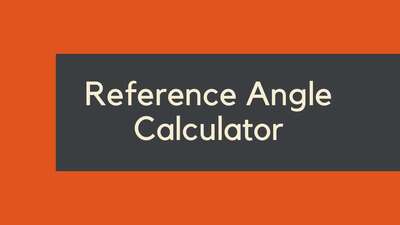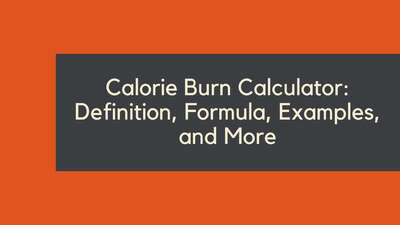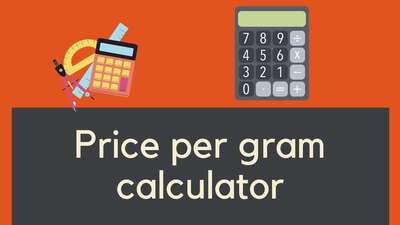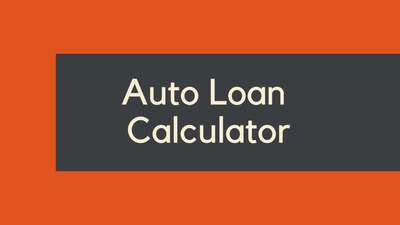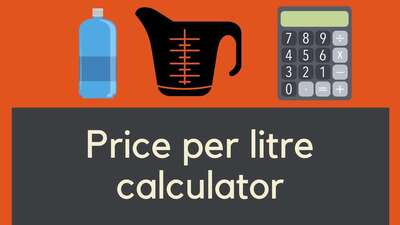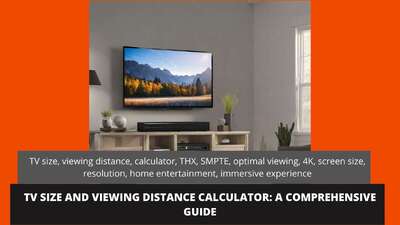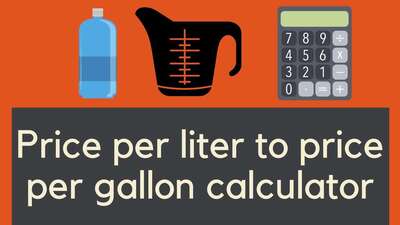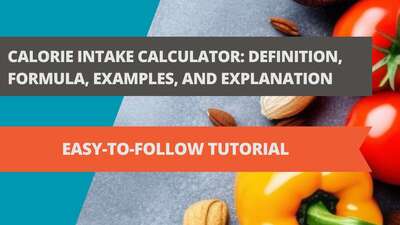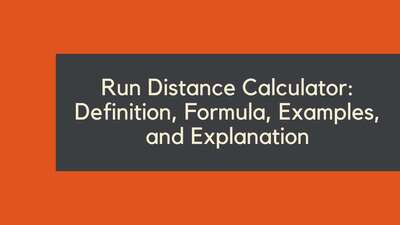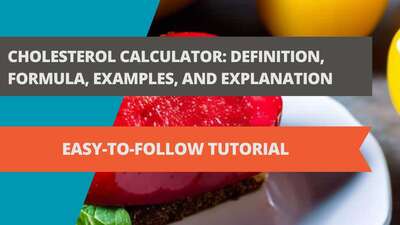Binomial Calculator: How to Calculate Binomials with Ease

- Definition of Binomial Distribution
- Formula for Binomial Distribution
- Examples of Binomial Calculator
- Example 1:
- Example 2:
- FAQ about Binomial Calculator
- What is the difference between binomial and normal distribution?
- What is the mean and standard deviation of binomial distribution?
- Can binomial distribution be used for non-binary outcomes?
- Can binomial calculator be used for large values of n?
- Real-life Applications of Binomial Distribution
- Manufacturing and Quality Control
- Medical Research
- Finance and Stock Market Predictions
- Understanding the Binomial Coefficient
- Role in Binomial Distribution
- Pascal's Triangle and Binomial Coefficient
- Applications Beyond Binomial Distribution
- Limitations of the Binomial Calculator
- Assumption of Independence
- Constant Probability of Success
- Seeking Alternatives When Necessary
- Comparison with Other Distributions
- Poisson Distribution
- Geometric Distribution
- Hypergeometric Distribution
- Choosing the Right Distribution
- Factors Affecting the Probability of Success
- Sports: A Dynamic Playground
- Importance of Dynamic Assessment
- Conclusion
Binomial calculator is a tool that can be used to solve various statistical problems related to binomial distributions. It allows you to calculate the probabilities of certain outcomes or events based on the number of trials and the probability of success or failure in each trial. In this article, we will discuss the definition of binomial distribution, formula, examples, and frequently asked questions about binomial calculator.
Definition of Binomial Distribution
The binomial distribution is a probability distribution that describes the number of successes in a fixed number of independent trials, where each trial has only two possible outcomes: success or failure. The probability of success in each trial is denoted by p, and the probability of failure is denoted by q, where q = 1 - p. The binomial distribution is denoted by B(n,p), where n is the number of trials and p is the probability of success in each trial.
Formula for Binomial Distribution
The formula for calculating the probability of x successes in n trials is:
P(x) = (n choose x) * p^x * q^(n-x)
where (n choose x) is the binomial coefficient, which is calculated using the formula:
(n choose x) = n! / (x! * (n-x)!)
where ! denotes the factorial function.
Examples of Binomial Calculator
Let's look at some examples of how the binomial calculator can be used to solve problems related to binomial distributions.
Example 1:
A coin is flipped 5 times. What is the probability of getting exactly 3 heads?
Solution: In this case, n = 5 and p = 0.5 (assuming the coin is fair). The probability of getting exactly 3 heads is:
P(x=3) = (5 choose 3) * 0.5^3 * 0.5^(5-3) = 10 * 0.125 * 0.125 = 0.3125
Therefore, the probability of getting exactly 3 heads is 0.3125 or 31.25%.
Example 2:
A basketball player makes 80% of his free throws. If he shoots 10 free throws, what is the probability that he will make at least 8 of them?
Solution: In this case, n = 10 and p = 0.8. The probability of making at least 8 free throws is:
P(x>=8) = P(x=8) + P(x=9) + P(x=10) = (10 choose 8) * 0.8^8 * 0.2^2 + (10 choose 9) * 0.8^9 * 0.2^1 + (10 choose 10) * 0.8^10 * 0.2^0 = 0.3758
Therefore, the probability of making at least 8 free throws is 0.3758 or 37.58%.
FAQ about Binomial Calculator
What is the difference between binomial and normal distribution?
The binomial distribution is used when the number of trials is fixed and the probability of success or failure is known. The normal distribution is used when the data is continuous and the distribution is bell-shaped. The binomial distribution is a discrete probability distribution, while the normal distribution is a continuous probability distribution.
What is the mean and standard deviation of binomial distribution?
The mean of binomial distribution is μ = np, where n is the number of trials and p is the probability of success in each trial. The standard deviation of binomial distribution is σ = sqrt(npq), where q = 1 - p.
Can binomial distribution be used for non-binary outcomes?
No, the binomial distribution is only used for binary outcomes where each trial has only two possible outcomes: success or failure. If the outcomes are not binary, then other probability distributions such as Poisson or normal distribution should be used.
Can binomial calculator be used for large values of n?
For large values of n and small values of p or q, the binomial distribution can be approximated by the normal distribution using the central limit theorem. However, for small values of n, the binomial calculator should be used instead.
Real-life Applications of Binomial Distribution
The binomial distribution, often perceived as a mere theoretical construct, has profound implications and practical applications in diverse fields. One can encounter its influence in everyday scenarios, underscoring its ubiquity and relevance.
Manufacturing and Quality Control
In the realm of manufacturing, the binomial distribution is indispensable. It is extensively used in quality control processes. For instance, when a batch of products is produced, the probability that a random product is defective can be modeled using the binomial distribution. This helps industries maintain their product quality standards and reduce financial losses associated with defective items.
Medical Research
The world of medical research heavily relies on statistical models, and the binomial distribution is no exception. When conducting clinical trials, researchers might want to determine the likelihood of a drug causing a specific side effect in patients. By utilizing the binomial distribution, they can ascertain these probabilities, thus making informed decisions about the drug's safety and efficacy.
Finance and Stock Market Predictions
In the financial sector, particularly in stock markets, binary events are commonplace. A stock's price can either go up or down based on myriad factors. Analysts employ the binomial distribution to gauge the probability of these price movements. Such predictions, grounded in solid mathematical frameworks, enable investors to strategize their investments more judiciously.
In conclusion, the binomial distribution's versatility transcends academic boundaries, finding its value in real-world scenarios. By leveraging its principles, professionals across various domains can navigate uncertainties and make decisions that are both informed and strategic.
Understanding the Binomial Coefficient
The binomial coefficient is a fundamental concept in combinatorial mathematics and holds significant importance in various mathematical and statistical applications. Symbolically, it's represented as \( \binom{n}{x} \), often read as "n choose x".
Role in Binomial Distribution
Within the context of the binomial distribution, the binomial coefficient quantifies the number of ways one can select \( x \) successes from \( n \) trials. This isn't just a mere number; it's a representation of all possible combinations in which successes can occur, and this directly influences the probability of an event.
Pascal's Triangle and Binomial Coefficient
The enchanting Pascal's Triangle is an array where each number is the sum of the two numbers directly above it. A closer examination reveals that each row represents the binomial coefficients for a given value of \( n \). This triangle is not just a mathematical curiosity but serves as a visual representation and quick reference for binomial coefficients, especially for smaller values of \( n \) and \( x \).
Applications Beyond Binomial Distribution
The utility of the binomial coefficient isn't confined to binomial distributions alone. It appears in various realms of mathematics, from the expansion of polynomial powers to advanced topics in combinatorics. Recognizing and understanding its significance allows one to tackle complex problems related to combinations, arrangements, and probabilistic events with ease.
In essence, the binomial coefficient is a bridge between abstract mathematics and tangible real-world applications. A deeper dive into its properties and implications unveils a world rich in patterns, logic, and insights.
Limitations of the Binomial Calculator
The binomial calculator, though invaluable for many statistical analyses, has its set of constraints which users must be aware of. These limitations, if overlooked, can lead to misconceptions or inaccurate interpretations of outcomes.
Assumption of Independence
One primary assumption made by the binomial calculator is the independence of trials. This means that the outcome of one trial does not influence or alter the outcomes of subsequent trials. However, in many real-world situations, trials can be dependent. For instance, if we were to draw cards from a deck without replacement, the outcome of each draw is dependent on the previous draws. In such scenarios, relying solely on the binomial calculator can be misleading.
Constant Probability of Success
The calculator also presumes a constant probability of success for each trial. This implies that the success rate doesn't change from one trial to another. However, there can be situations where the probability of success might vary between trials. For example, if a basketball player's performance improves during a game, the probability of scoring a point in subsequent attempts might increase. In such dynamically changing environments, the binomial model might not hold true.
Seeking Alternatives When Necessary
Understanding these limitations is pivotal. In cases where the assumptions of the binomial distribution are violated, it might be more appropriate to explore alternative statistical models or distributions that better fit the data or scenario at hand.
In conclusion, while the binomial calculator offers quick and efficient solutions under the right conditions, a thorough understanding of its underlying assumptions and limitations is essential for its proper and effective use in diverse applications.
Comparison with Other Distributions
The realm of probability and statistics boasts a plethora of distributions, each tailored to specific situations and assumptions. While the binomial distribution is frequently employed, other discrete probability distributions like the Poisson, geometric, and hypergeometric distributions offer different perspectives and are applicable in varied scenarios.
Poisson Distribution
The Poisson distribution is a powerful tool for modeling the number of times an event occurs within a predefined interval of time or space. Often used in scenarios where the events are rare or infrequent, it becomes especially relevant for instances like the number of calls received by a call center in an hour or the number of decay events per unit time from a radioactive source.
Geometric Distribution
The geometric distribution provides insights into the number of trials required for the first success in a series of Bernoulli trials. If you were to flip a biased coin and wanted to know the probability of getting the first head on the nth flip, the geometric distribution would be your go-to.
Hypergeometric Distribution
Unlike the binomial distribution which operates with replacement, the hypergeometric distribution is all about sampling without replacement. For example, if you were to randomly select a subset of cards from a deck and wanted to determine the probability of drawing a specific number of face cards, the hypergeometric distribution would be apt.
Choosing the Right Distribution
Understanding the nuances, assumptions, and applications of each distribution is crucial. By comparing and contrasting them, one can effectively determine the most fitting distribution for the problem at hand, ensuring accuracy in predictions and analyses.
In summary, while the binomial distribution is widely recognized and utilized, diving deeper into the myriad of distributions available can often lead to more precise and contextually relevant statistical interpretations.
Factors Affecting the Probability of Success
Probability, especially in real-world applications, is seldom static. When discussing the probability of success, often represented by 'p', numerous external and internal factors can come into play, affecting the odds of a favorable outcome.
Sports: A Dynamic Playground
Consider the realm of sports, where myriad elements can shape an athlete's performance. A basketball player's chance of making a free throw, for example, isn't just about their skill.
- Physical Health: Injuries, fatigue, or health issues can greatly hamper an athlete's performance. A player who is not in optimal health might have reduced chances of success.
- Player's Form: A player in good form, having delivered consistent performances recently, is likely to have a higher probability of success compared to when they're out of form.
- Quality of Opposition: Facing a formidable opponent or a stronger team can alter the odds. The defensive skills of the opposing team can reduce the likelihood of a player making a basket.
- Mental Factors: Psychological pressures, such as the significance of a match or audience expectations, can also influence a player's performance.
Importance of Dynamic Assessment
Given these fluid factors, it's imperative to constantly reassess and adjust the probability of success for accurate predictions. While tools like the binomial calculator are immensely powerful, they rely on the inputs provided to them. As such, a keen understanding of the changing nature of 'p' is crucial for any meaningful application in real-world scenarios.
In conclusion, probability, especially in dynamic environments, is a complex interplay of various factors. Recognizing, analyzing, and accounting for these can significantly enhance the accuracy of predictions and statistical analyses.
Conclusion
The binomial calculator is a useful tool for solving problems related to binomial distributions. It allows you to calculate the probabilities of certain outcomes or events based on the number of trials and the probability of success or failure in each trial. In this article, we discussed the definition of binomial distribution, formula, examples, and frequently asked questions about binomial calculator. By understanding the binomial distribution and using the binomial calculator, you can make better statistical decisions in various fields such as finance, marketing, and sports.





![Car Loan Calculator: Definition, Formula, Examples, and FAQs [2023 Guide]](/images/page/400/car-loan-calculator-13.jpg)

